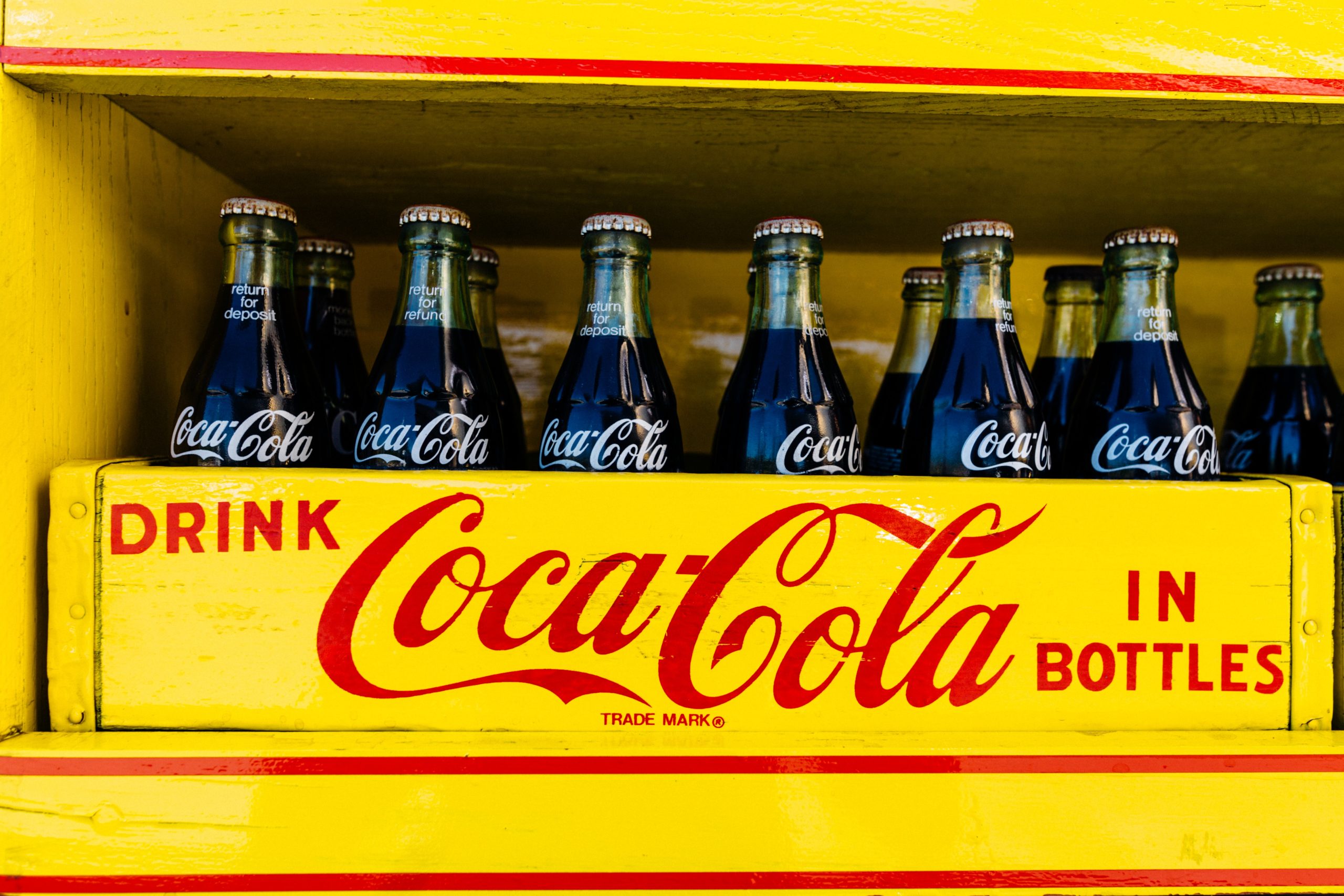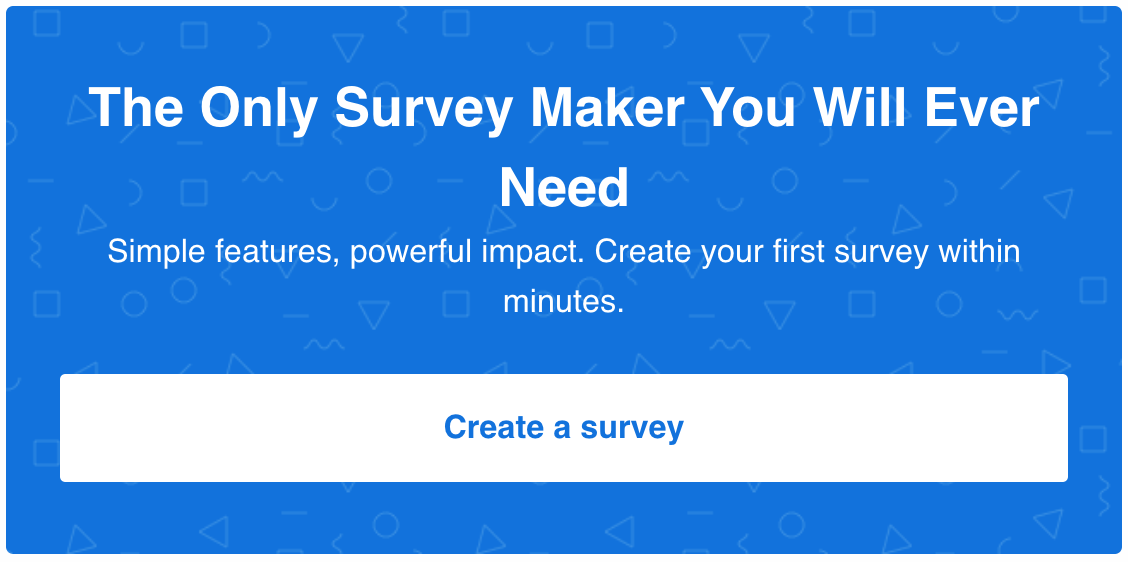Whether you’re looking to find out more about your audience’s consumer habits, whether they’ve heard about your brand or not, or how much they would pay for your services (without feeling ripped off), what you need to do is some serious market research.
But how to choose from so many different types of market research?
In this post, I’ll try to share a thing or two about the importance of market research, as well as different techniques, methods, and types of research you need to start practicing now.
And here’s why.
Why you need to do proper market research
There’s a quote by Werner von Braun that says “Research is what I’m doing when I don’t know what I’m doing.”
There’s another one by Dan Zarrella who said that “Marketing without data is like driving with your eyes closed.”
And there’s the famous case of Pepsi vs. Coke.


In the 1980s, Pepsi ran a marketing campaign dubbed the Pepsi Challenge where they asked people to take blind sip tests and decide which soda drink they preferred.
The results were shocking as most people preferred Pepsi to Coke, even though Coca Cola was selling way more than Pepsi. So, Pepsi started using these findings in their ads, boasting with the results.
People from Coca Cola accused them of faking the test results and ran their own test only to come to the SAME conclusion – people actually did prefer Pepsi on the first sip. So, they decided to change their own recipe and make the drink sweeter, thus introducing the “New Coke”.
Needless to say that we don’t see the New Coke in stores nowadays, isn’t it?
So how did a brand giant such as Coca Cola fail at market research? Well, they used the wrong research method in the wrong context.
Being that Pepsi has a much sweeter flavor, it’s like it was designed to perform well in sip surveys. After some time the sweetness becomes overwhelming and most people prefer the refreshing flavor of Coke.
As for the context, most people prefer to drink a can of Coke at home, watching tv, or at a coffee shop. Not in an artificially created context like the one used for this campaign. Most importantly, it took the importance of a brand out of the image – people will still buy a low
If you want to avoid making the same mistakes even the most famous brands have been guilty of making from time to time, keep on reading to learn more about the 2 main marketing techniques and 6 types of market research to get you all the data you need.
2 main market research techniques
Primary market research
Primary market research consists of marketing methods that allow businesses to get in touch with their customers (or have a 3rd party do so) and collect data relevant to the products and services they’re offering.
It relies on collecting both quantitative and qualitative data and can be either exploratory or specific in nature.
Secondary market research
Secondary market research uses information collected and organized by other sources such as government agencies or media.
It consists of utilizing the information that’s already been published in magazines, newspapers, journals, books, company websites, government agency materials, and so on. The data is usually gathered through public sources (such as libraries), commercial sources (such as newspapers or television), and educational institutions.
The main difference between the two types of market research techniques is that with primary research you obtain the data directly from your target audience, which is not necessarily the case with secondary research.


When it comes to primary market research, here are the 4 most common types of market research methods:
- Surveys and quizzes
- Focus groups
- Interviews
- Direct observation
Now that you know a bit more about the techniques and methods used in market research, here are the 6 most common types of market research.
6 types of market research you need to start doing now
1. Brand research
If I tell you that 59% of people prefer buying from familiar brands, while consistent branding has been known to increase revenue by up to 23%, you can get the general idea of why brand research is so important, can’t you?
Branding consists of all the narratives, images, and characteristics people usually associate with a particular brand. And brand research can help create and manage the brand identity of a company or organization.
Brand research refers to 7 different types of market research:
- Brand awareness. Do people know about you?
- Brand perception. How do they see you?
- Brand loyalty. Are you able to retain customers?
- Brand advocacy. Would they recommend you?
- Brand penetration. How present is your brand on the market?
- Brand positioning. How can you differentiate yourself from others?
- Brand value. How much is your brand worth?
When working on your own branding, be careful not to make some of these 5 branding mistakes even the most successful companies have been guilty of.
To help understand how popular your brand is among consumers and determine its true reach, we have created a Brand Awareness Survey Template you can use right away or easily adjust to your liking.
2. Competitive analysis
With so many new businesses emerging every day, it’s almost impossible to “reinvent the wheel” and come up with a brand new idea that would be the next great thing. What you can do, on the other hand, is to analyze your competitors and see what’s been working for them and what hasn’t.
According to an NFIB study, 53% of small-business owners refer to their business climate as highly competitive. In such a climate, competitive analysis is a type of market research that can give you leverage over your competitors.
To help you cope with this type of market research, we have prepared a detailed post on competitive analysis.


3. Customer satisfaction research
Customer satisfaction research is one of the best and most straightforward ways to check the pulse of your customers. It allows you to learn more about your customers’ experience with your products and services.
This type of market research plays an essential role in customer retention as it enables you to learn more about your customers’ preferences – what they like, what they dislike, what they feel needs improvement, and so on.
In the words of Bill Gates – “Your most unhappy customers are your greatest source of learning.”
The most common way for conducting customer satisfaction research is by using surveys. They let you question your customers about the quality of your products, speed and reliability of delivery, customer service, and much more.
Here’s an example of a Net Promoter Score (NPS) survey you can use for your market research.
Or you can use a more specific Customer Satisfaction Survey Template.
Even a specially-tailored Product Feedback Survey Template.
4. Customer segmentation
Sell more by selling to fewer – it’s what every business owner dreams about, isn’t it?
Is it really achievable, though? If you pay enough attention to customer segmentation, it sure can be.
Market segmentation refers to dividing a large market into smaller, related groups of customers. Let’s face it – not every customer is the same. By targeting each customer’s individual preferences and specific needs, you’ll be much more likely to get them to buy from you.
That being said, customer segmentation enables you to perform much more targeted marketing activities and actually “sell more by selling to fewer”.
The 4 most common types of customer segmentation are demographic, geographic, psychographic, and behavioral segmentation.
Demographic data is one of the most essential pieces of information you need to know about your customers, so we’ve prepared a Demographic Survey Template you can use to easily learn more about your audience.
5. Concept testing and product development
Ok, you’ve finally got that great business idea, so what’s the next step? Rush headlong into realization, investing all your time, money and effort into it? Even though you might get lucky, it still doesn’t sound like the best of ideas.
What you really need to do is to concept test your business idea. This can save you a lot of time and money and help make sure you actually have something interesting to offer to the market.
If your business has already moved from being a mere concept in your mind and on the paper, it still doesn’t mean that you’re done with research. At this point you should focus on other types of market research such as product development research.
After all, there’s a reason why 95% of new products fail. In many cases that reason is the lack of concept testing and/or product development (research).
To learn more about how to turn your idea into business success (and maintain that success), check out our guide to concept testing surveys.
6. Pricing Research
Pricing research is essential if you’re looking to put an adequate pricing tag on your products and services.
Asking your customers to choose among products that have different features and price points can help pinpoint those features that are most valuable to your customers and find out how much they’d be willing to pay for those.
Here’s an example of a Pricing Survey we at LeadQuizzes used to determine the optimal pricing for our subscription plans:
Now that you’ve familiarized yourself with the most common types of market research, you need to start putting that theory to practice. With over 75 online survey and quiz templates created by marketers for marketers, market research has never been easier.
Log in to your LeadQuizzes account or sign up for free now and start using or free market research templates!
